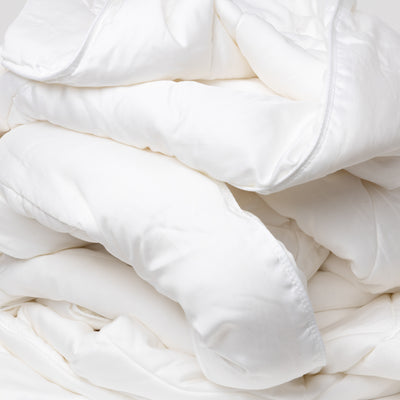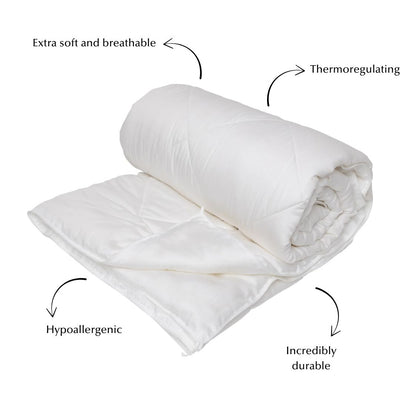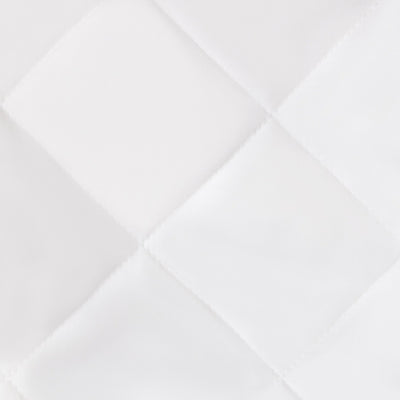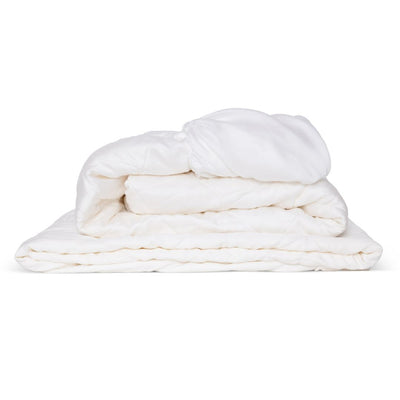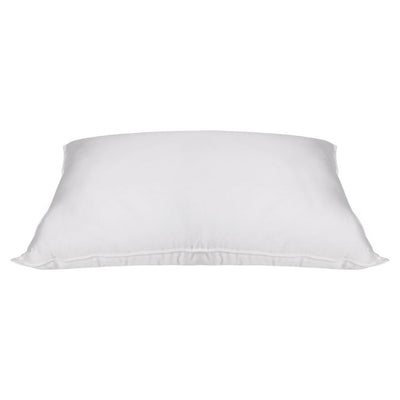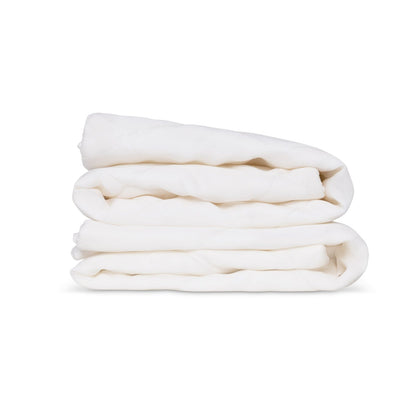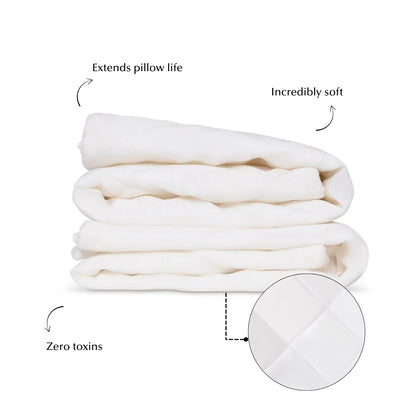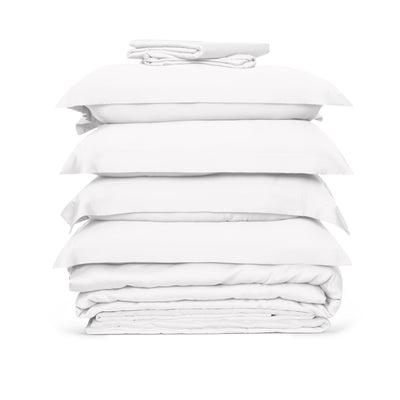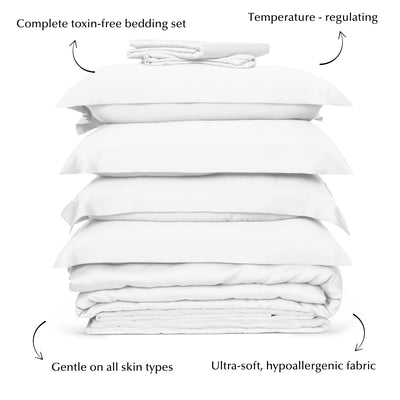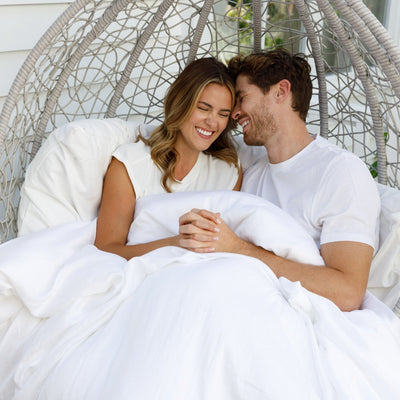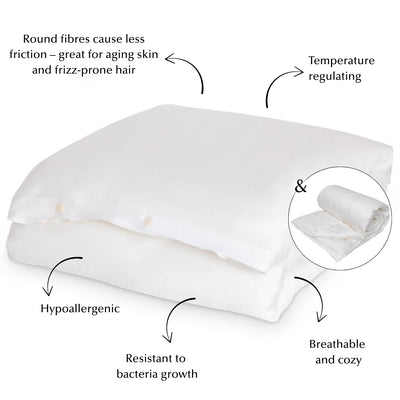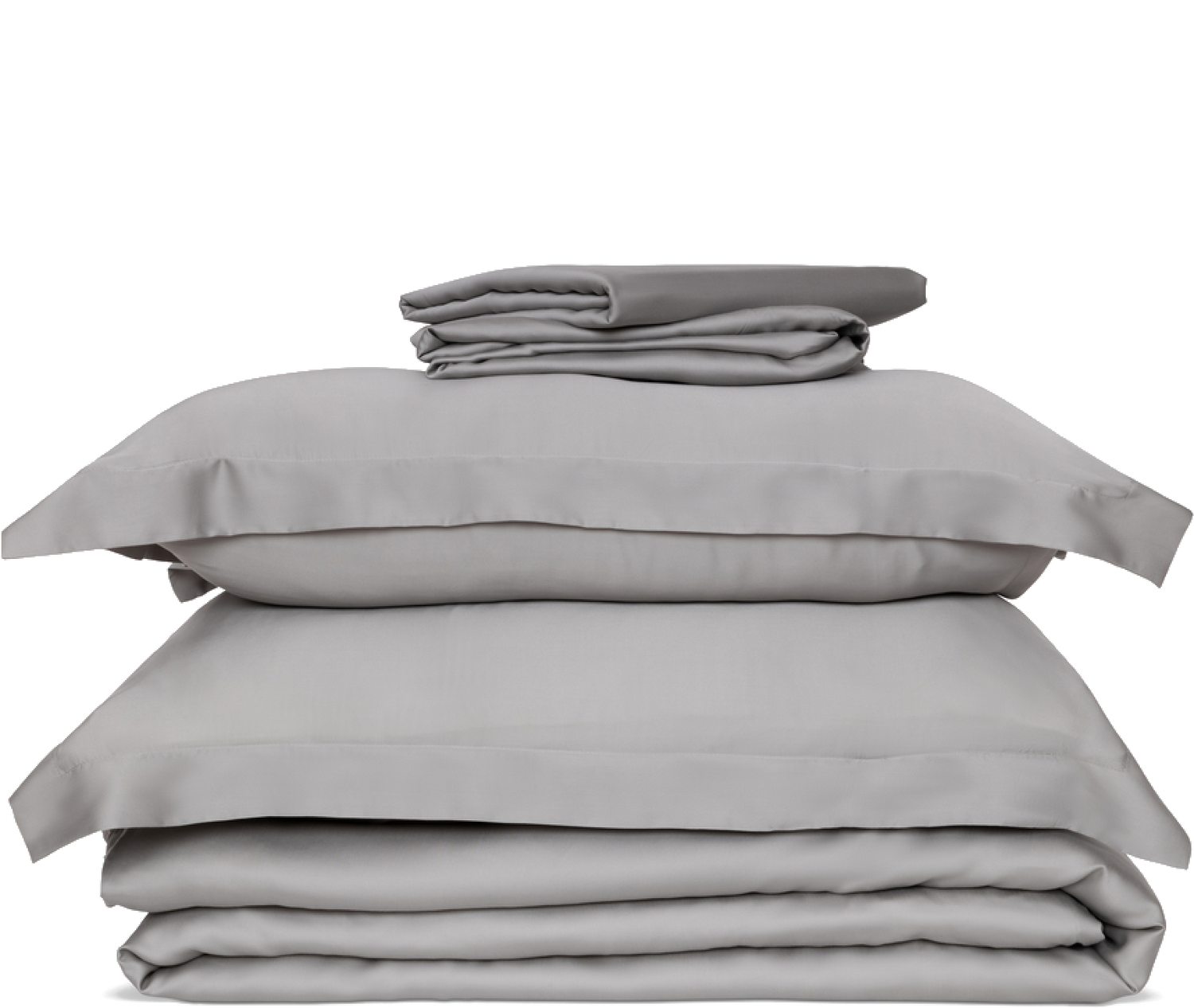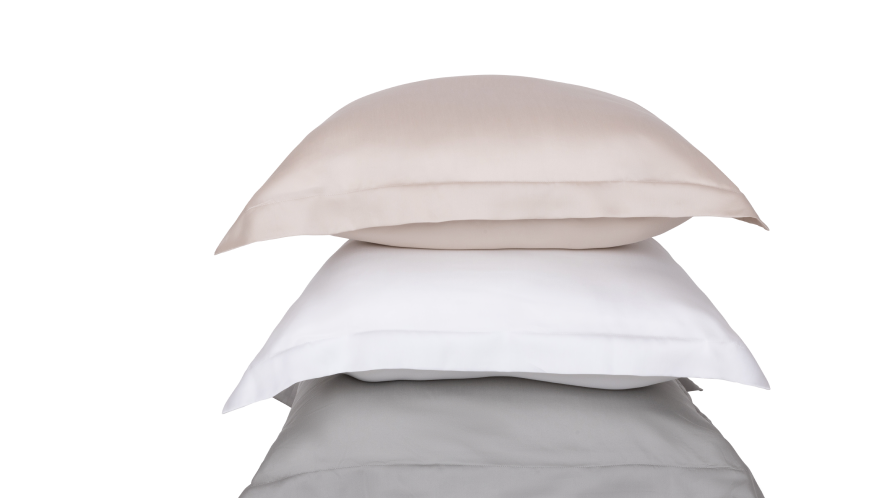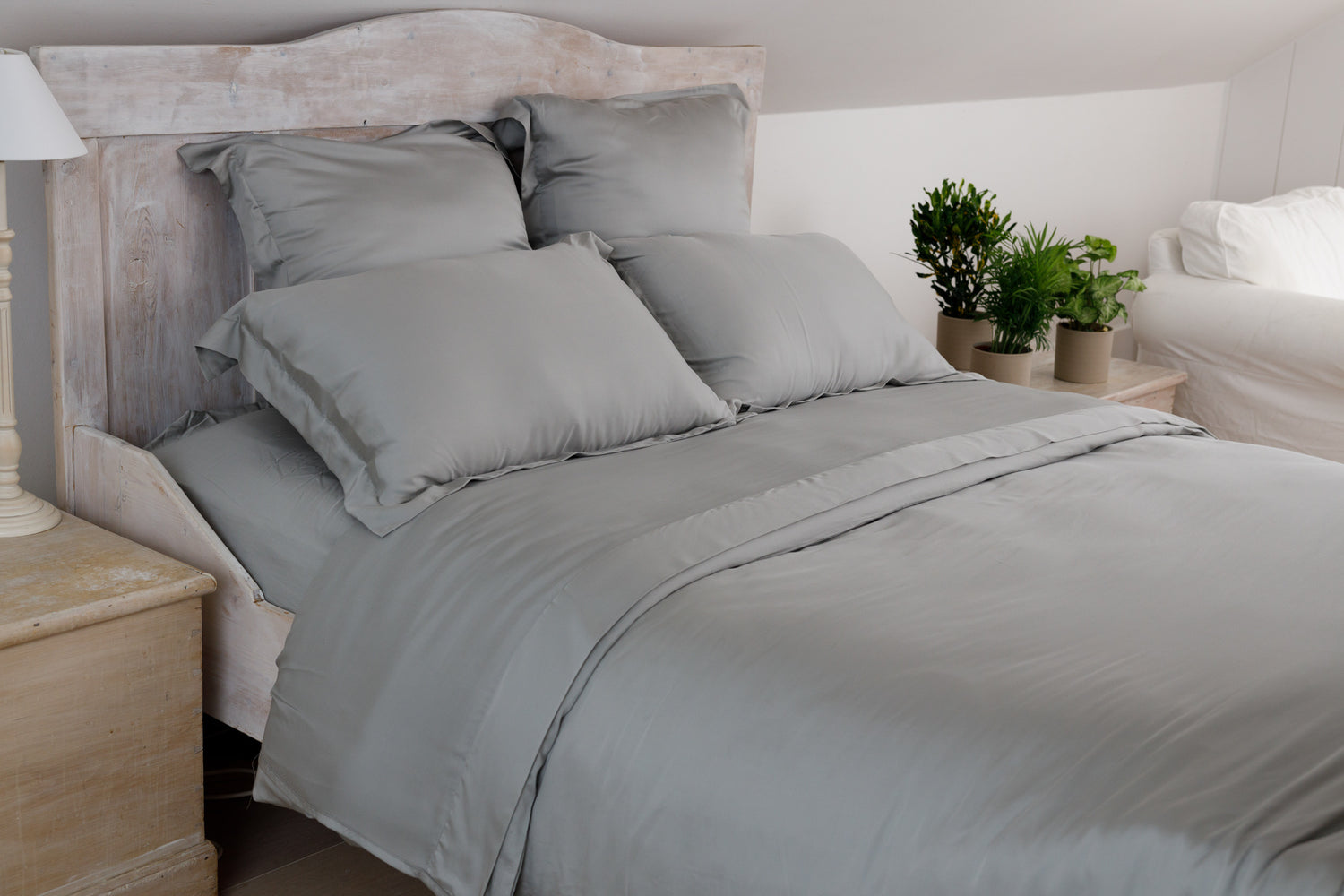We spend a third of our lives in our beds. Sleep is such an essential part of our lives that we are unable to function without adequate rest.
The comfort of our bedding is an integral factor in achieving a restful night from which we wake up feeling energized and refreshed. Top-quality bedding will last for years to come and a worthy investment for your mental and physical health.
Why High-Quality Bedding?

Quality bedding sets cost more but will last longer. You’ll get to enjoy superior comfort throughout the lifespan of your bedding which can last up to 5 times a poorly-made bedding set that will disintegrate in your washing machine and dryer.

Allergies a problem?
The most common cause of allergies in the bed is dust mites. These little troublemakers live in our beds and feed on the skin that we shed. Most quality bedding sets are hypoallergenic and gentler on sensitive skin.
In addition, cheap, low-quality bedding often contains Volatile Organic Compounds (VOCs) that continue to off-gas for an extended period.
VOCs are a group of chemicals found in many materials, such as cleaning and disinfecting agents. They are classed as a health hazard by the Environmental Protection Agency (EPA), and many are known carcinogens.
Prolonged exposure to VOCs can cause:
- Eye, nose, and throat irritation
- Shortness of breath and respiratory complications
- Headaches
- Fatigue
- Nausea
- Dizziness
- Skin irritation
- Lung irritation
- Liver, kidney, and central nervous system damage
Cotton is widely used in cheap bedding. Non-organic cotton contains many chemicals from pesticides and toxins used in the farming and manufacturing process.
Imagine having your skin in direct contact with a bunch of nasty chemicals night after night or breathing in toxins from your bedding and pillowcases. Urgh.
Polyester is another common material found in cheap bedding.
This fabric releases chemicals such as phthalates into the air and through skin contact. Phthalates have been linked to hormone imbalances and other serious health issues.
In addition, polyester is also hydrophobic, meaning it repels rather than absorbs water. This can lead to skin irritation and uncomfortable night sweats.
Cotton is one of the most widely-used textiles in bedding. The cotton industry has long been credited with being one of the most environmentally unfriendly fabrics. It takes an incredible amount of water to make cotton textiles.
Cotton farming also uses high levels of pesticides and toxic chemicals released into the soil and waterways. In addition, farms are often found in developing countries such as India and China, where there is little to no access to protection from contamination.
Quality bedding sets use various sustainably harvested materials such as bamboo, Tencel from eucalyptus, hemp, and linen.
The bed is the centerpiece in all bedrooms. It affects how the entire room looks and feels and sets the stage for a restful sleep.
Having quality bedding will complement your room’s decor and contribute significantly to the overall ambiance of your haven.
Prone to eczema or sensitive skin? Rashes or skin irritation? Low-quality bedding can be a contributing factor to most skin conditions.
High-quality bedding usually has moisture-wicking properties that make it breathable, keeping you cool on hot nights and hot on cold nights.
There’s nothing like sinking into a soft, fluffy cloud after a long day and rolling around in pure luxury. Quality bedding boasts one thing over all else - superb comfort.
Whether it’s a high thread count or superior materials that promise incredible softness, the best bedding ensures the best night’s sleep.
What Is High-Quality Bedding Made Of?
Many different bedding materials are now available to the discerning sleeper. Here are some of our favorites.
Bamboo

Made from the fiber of bamboo plants, bamboo fabric is growing in popularity not just because it is crazy soft, it has heaps more properties like having cooling properties, antibacterial, and hypoallergenic.
From the environmental standpoint, bamboo plants are hardy, fast-growing plants that require no pesticides or insecticides to grow. They produce a small carbon footprint, and many bamboo bedding manufacturers claim their product is carbon neutral due to the oxygen released by their plants.
Tencel™

Tencel™ is a brand of lyocell fabric from the cellulose of wood pulp from primarily eucalyptus trees.
It is incredibly soft, 50% more absorbent than cotton, and has moisture-wicking, breathable, and antibacterial properties. Tencel™ is a durable fabric that grows stronger and softer with each wash.
Eucalyptus trees are rapid growers that require ten times less water than cotton. They do not require pesticides or fertilizers and are harvested by cutting, not uprooting.
In addition, Tencel™ is manufactured in a closed-loop system, meaning the solvents, water, and other materials used to make a single batch are recycled and reused to make the next. This minimizes the amount of waste produced and dramatically decreases the carbon footprint.
Linen

Linen is made from the fibers of flax plants and grows softer and stronger with each use. A natural fiber, linen is known to be incredibly durable, hypoallergenic, breathable, and moisture-wicking.
Look only for certified organic linen. Flax plants often need to be treated with nitrates, a harmful chemical that can pollute the environment and be contained in non-organic linen products.
Silk

You don’t say “soft as silk” for nothing. Silk is a luxurious fabric known for its softness and suitable for folks that suffer from skin conditions such as sensitive skin or eczema.
The four main types of silk comprise 90% of the world’s silk production.
Mulberry - This is made from cocoons of the larvae of silkworms fed nothing but Mulberry leaves. The entire production process is carefully monitored with the silkworms kept at optimal temperature. Mulberry silk fibers are incredibly durable, tougher than steel fibers of the same diameter.
Eri - Coming from a different caterpillar species in India, it is known as the “peace silk”. Silkworms do not have to be killed to extract the silk.
Tussar - This fabric is cooler than other varieties of silk. The presence of pores has made them more breathable, offering more comfort in hot climates. These silkworms live in wild forests in South Asia; hence, Tussar silk is known as the “wild silk”.
Muga - Muga is natural, yellowish silk known for its durability and its shimmering texture. It is only produced in Assam, India. Fun fact: The word “Muga” means yellowish in Assamese.

